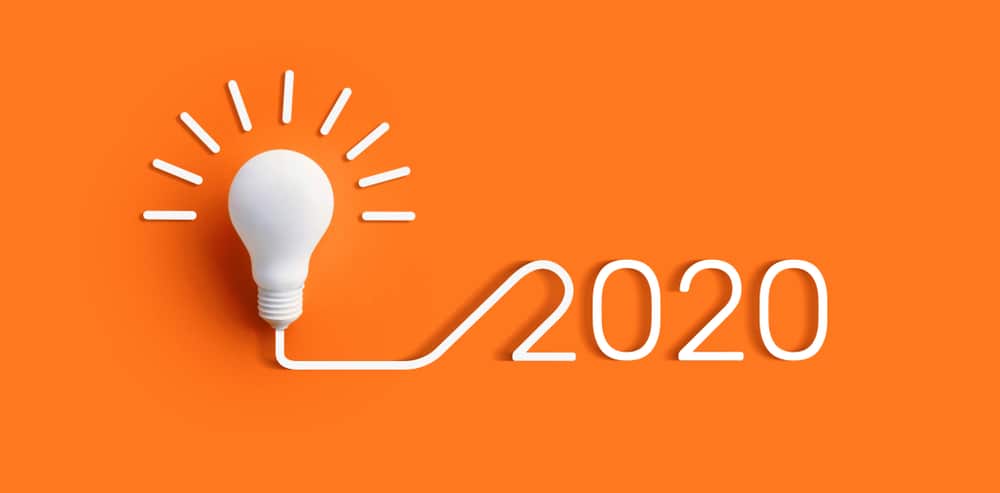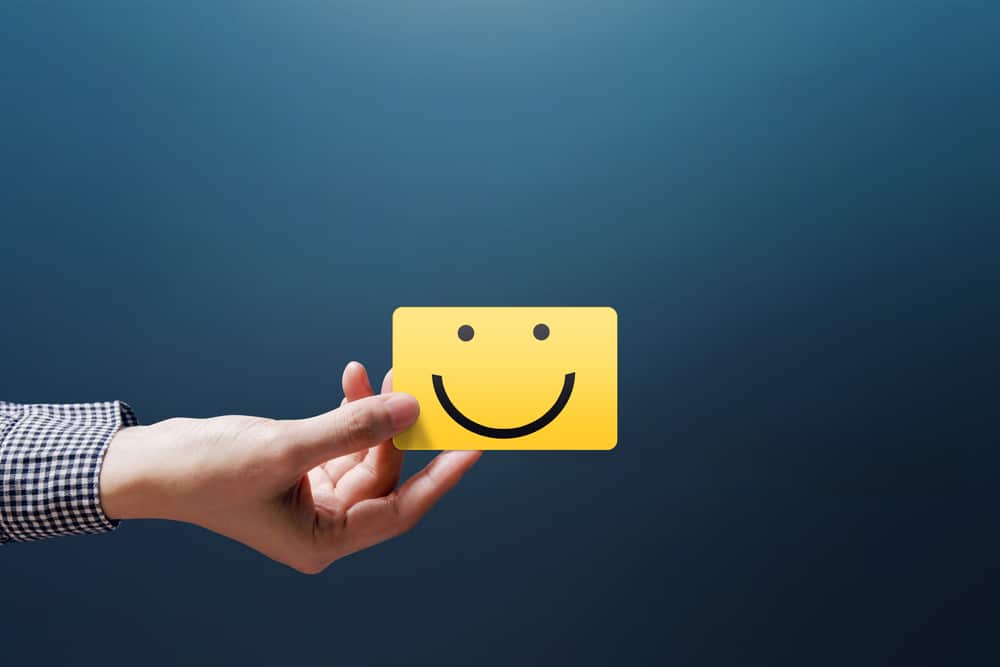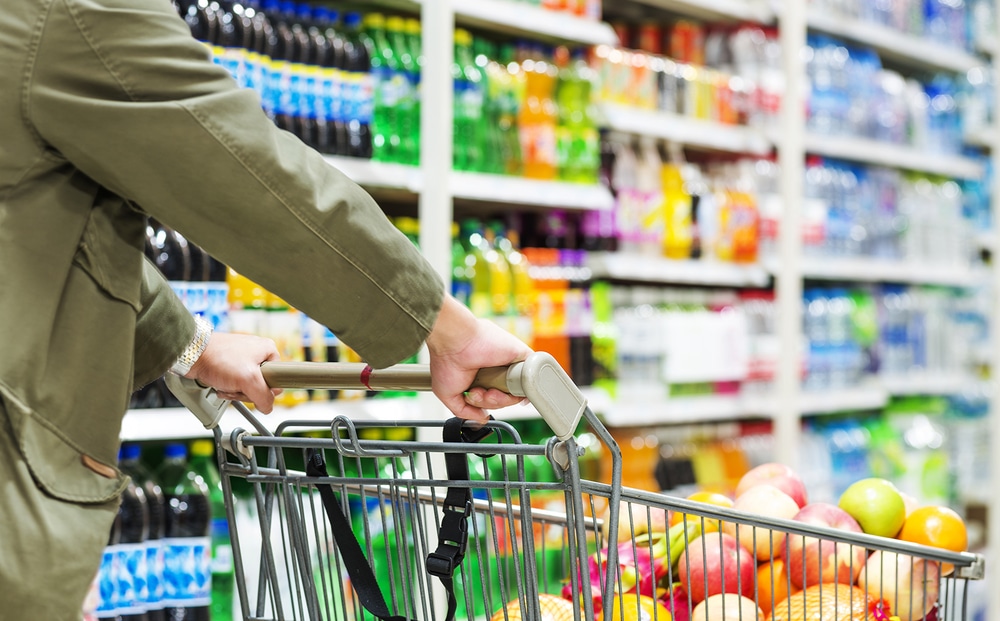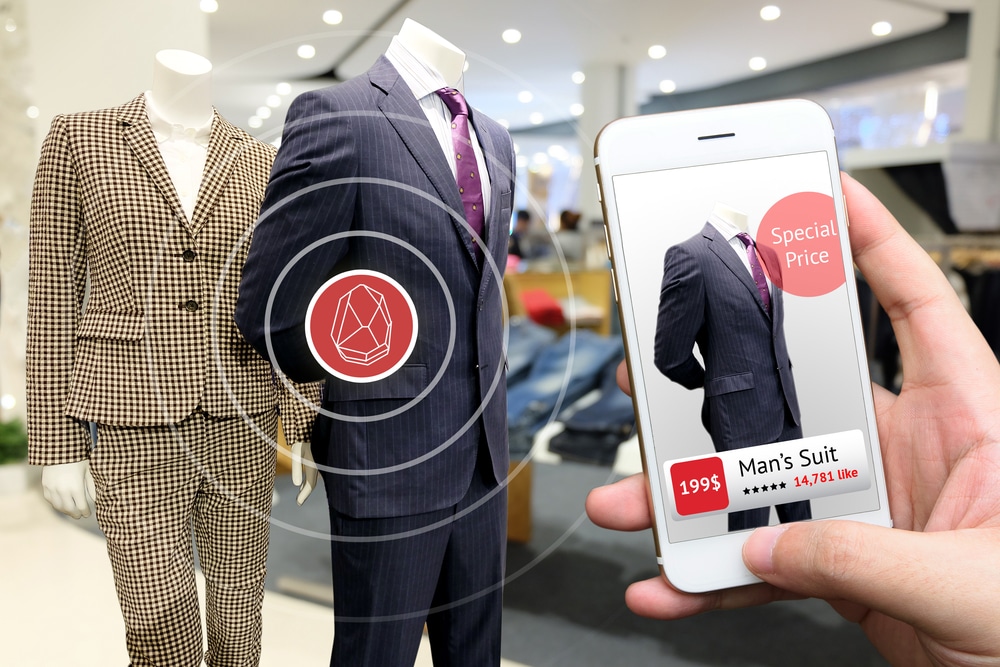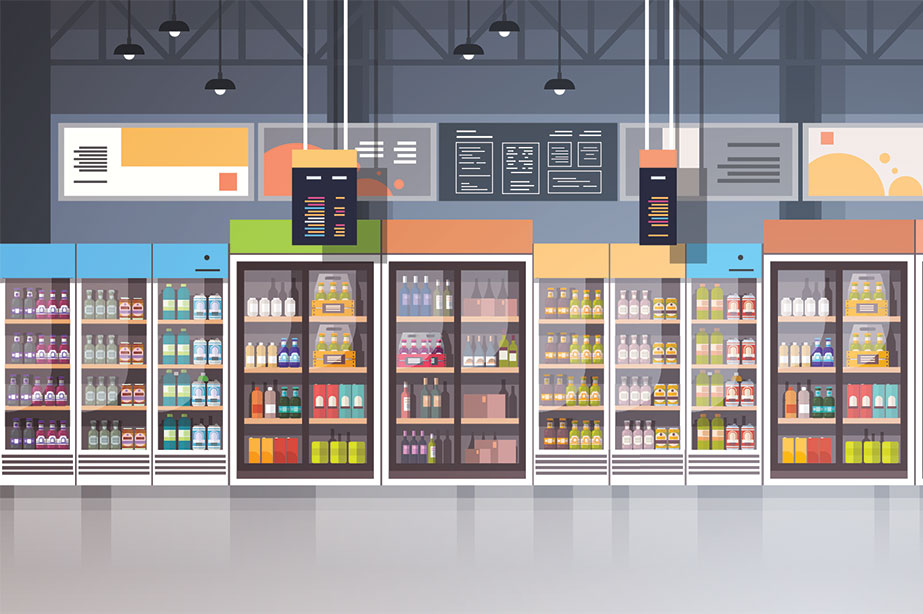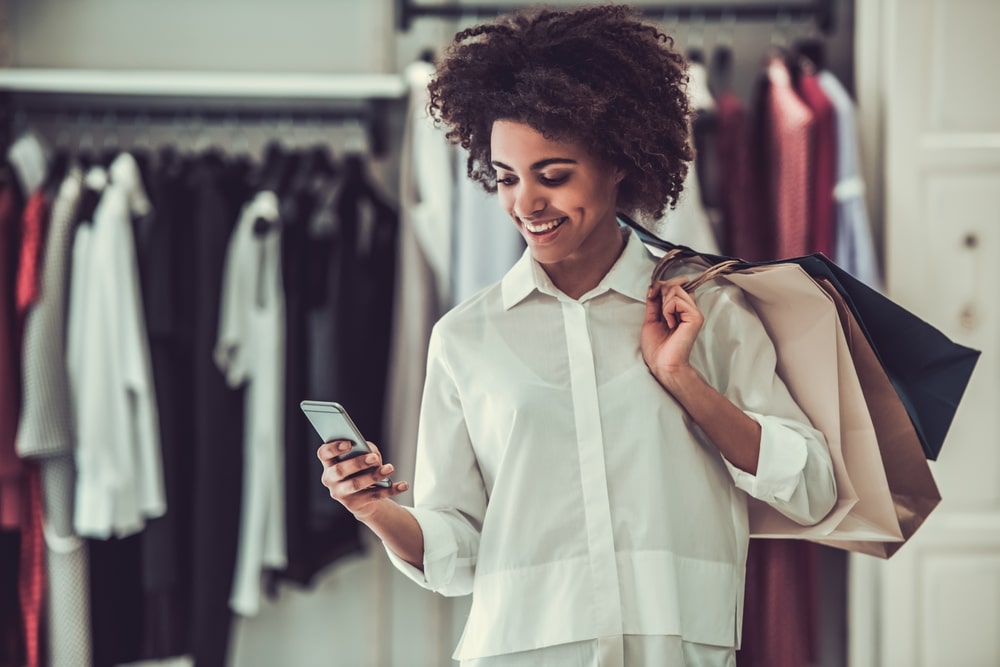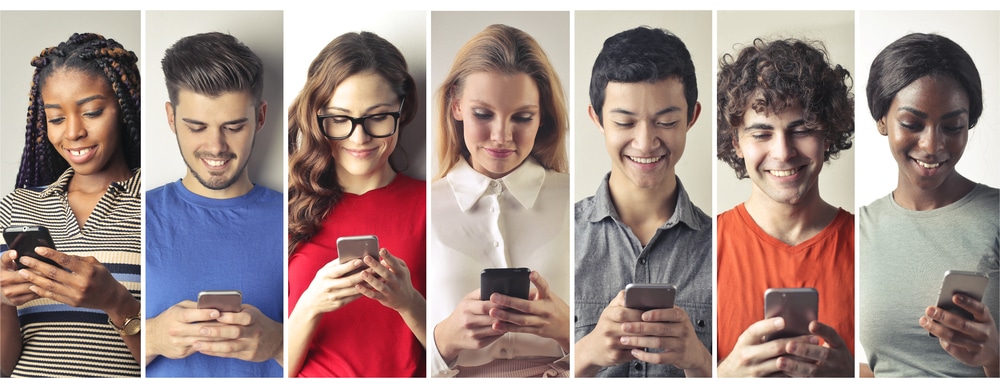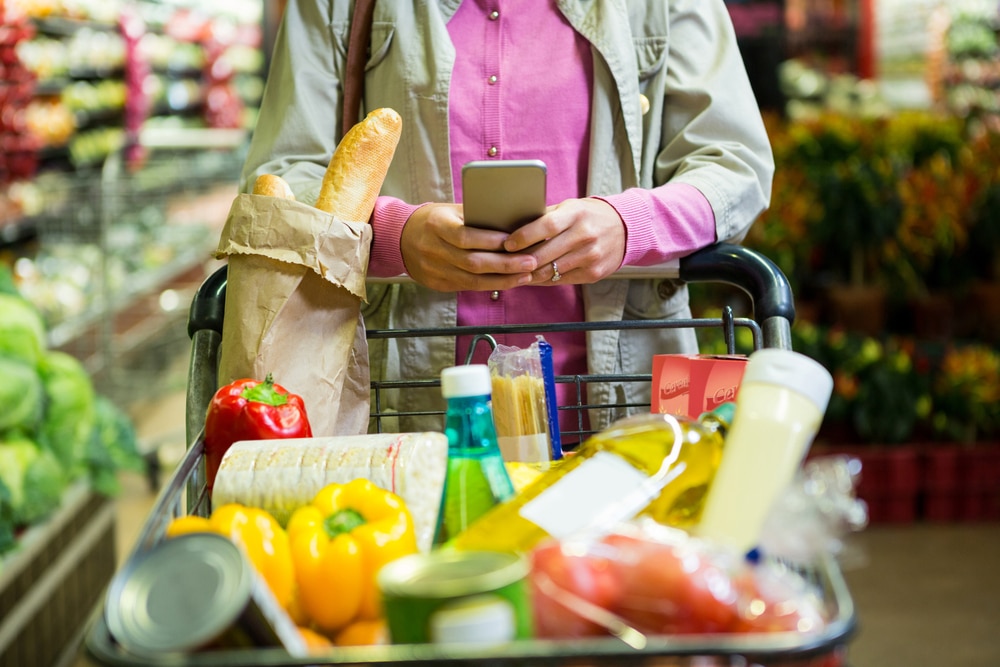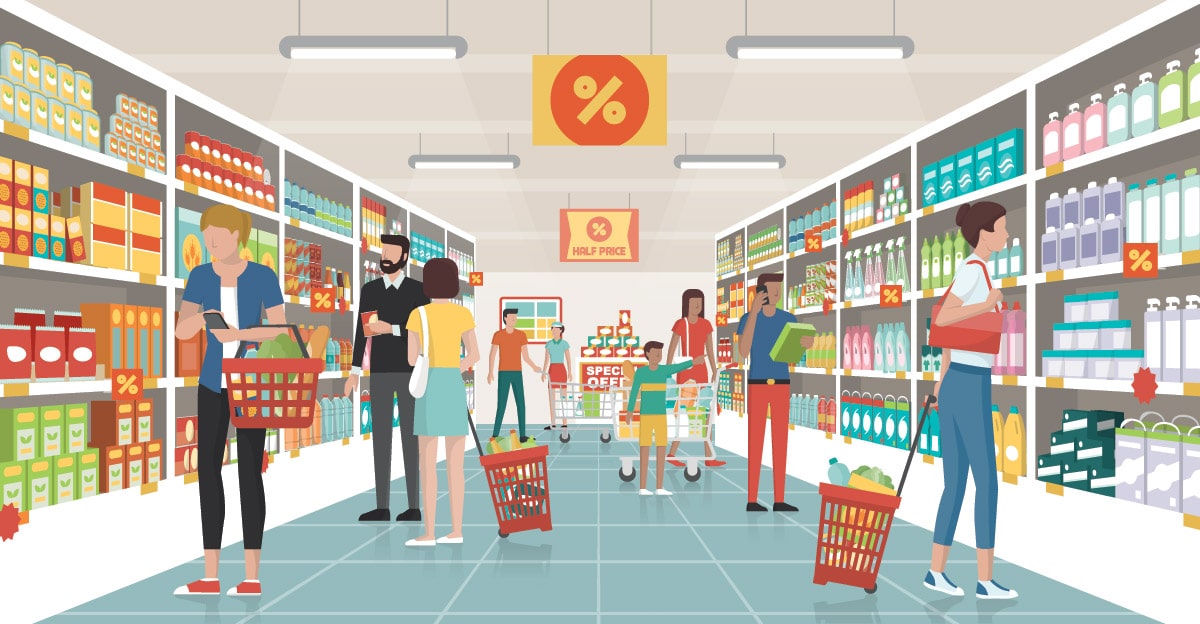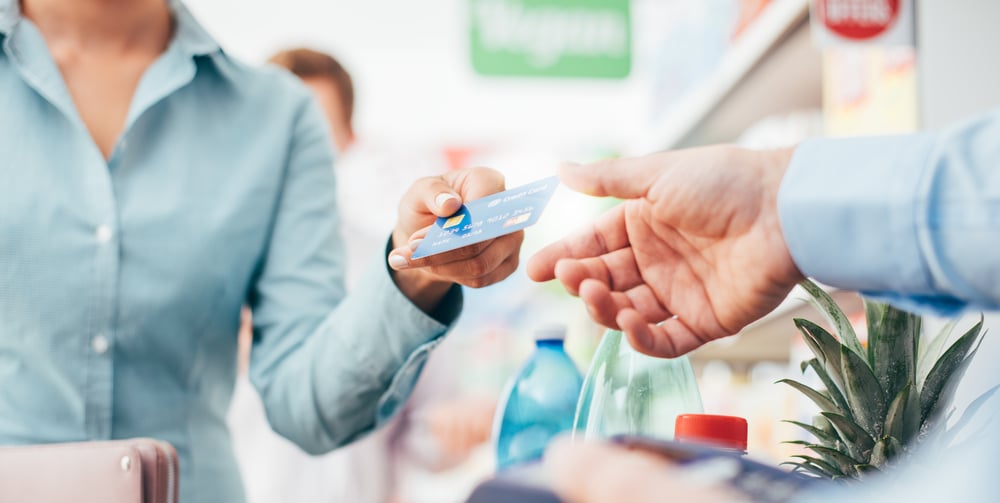Retail technology once revolved around creating quick and efficient transactional moments. Continue reading “Four transformative retail marketing trends for 2020”
Category: b2b
5 effective ways to reward customer loyalty
These days, rewarding customer loyalty is often expected in the competitive marketplace as part of doing business. One study found that 79% of customers will only consider shopping with brands that demonstrate they understand and care about them. Brands looking to prove to customers they care should consider ways to reward customer loyalty.
On average, loyal customers are worth ten times the value of their first purchase, so it pays to court newcomers to become regulars. The decision to reward loyal customers is, of course, the easy part. The more difficult task is finding effective ways to reward customer loyalty that are also profitable for your business.
What Do People Want From a Customer Loyalty Program?
In any loyalty program, customers expect to:
- Easily understand what your program is all about.
- Save money through store credit or members-only discounts.
- Have some choice in reward.
- Receive a reward they don’t have to wait for.
- Receive special treatment with exclusive VIP perks.
- Feel an emotional connection with your brand.
It’s not enough to simply say, “Thank You.” Businesses these days are expected to show their gratitude in a unique, brand-focused way.
5 Effective Ways to Reward Customer Loyalty
Consider these popular methods of rewarding the most loyal brand ambassadors:
- VIP Services
Department stores in particular benefit from rolling out the red carpet for their shoppers; Forrester Research found that more than three-quarters of department store shoppers say they prefer to receive premium service through their loyalty programs. For instance, members of Nordstrom’s “Nordy Club” receive VIP services that other shoppers don’t have access to such as early access to the retailer’s anniversary sale, extra points with every purchase, curbside pickup, free clothing alterations, and priority access to special events. The program is free to join but is structured in four different levels, depending on spending, with benefits increasing at each tier.
- Partnerships
 Strategic brand partnerships are increasingly becoming more important, as companies look to add value; expand their benefits beyond what they alone provide; and find exciting new ways to reinvigorate their brand image. When the benefits are reciprocal, they also serve to increase the size of their loyalty base. The NikePlus Unlocks reward program began providing partner perks from Apple Music, the Headspace mindfulness app, and ClassPass studio fitness program membership when their own fitness app users reached running milestones or completed new workout routines. Select purchases also aligned with partner perks. Members purchasing a Nike Epic React Flyknit shoe in an exclusive color would receive four months of Apple Music for free.
Strategic brand partnerships are increasingly becoming more important, as companies look to add value; expand their benefits beyond what they alone provide; and find exciting new ways to reinvigorate their brand image. When the benefits are reciprocal, they also serve to increase the size of their loyalty base. The NikePlus Unlocks reward program began providing partner perks from Apple Music, the Headspace mindfulness app, and ClassPass studio fitness program membership when their own fitness app users reached running milestones or completed new workout routines. Select purchases also aligned with partner perks. Members purchasing a Nike Epic React Flyknit shoe in an exclusive color would receive four months of Apple Music for free.
- Punch Cards
Punch cards are traditional ways to build brand affinity and encourage customer loyalty. What do you want your customers to buy or do? Clearly state the path and reward and watch participation grow. It’s as simple as offering a free coffee and a fresh punch card after a loyal customer has already purchased nine. They’re encouraged to return to your business with a promise of being rewarded for their loyalty.
- Referral Bonus
Often, your already loyal customers will lead to even more loyal customers because people tend to trust their family and friends’ recommendations. Offering a referral bonus is an easy way to introduce yourself to an expanded network. The best referrals provide something free for the referrer and the referee, so it’s a win-win proposition. For instance, meal service HelloFresh provides three free referral gift cards worth $40 off for up to three months. Friends and family receive the discounted meals, while the referrer gets a $20 credit for each new referral. Once a person starts referring, the perks increase.
- Gift Cards
For the last 12 years, the National Retail Federation has reported that gift cards are the most desired gift. When it comes to loyalty programs, consumers say they prefer gift cards 2:1 over any other type of reward. If consumers can choose their own gift cards, they are even more satisfied. Shopkick is a mobile shopping app that offers gift cards to retailers like Target, Walmart, and Sephora in exchange for shopper engagement. With Shopkick, consumers receive “kicks” that can be redeemed for gift cards to the retailer of their choice. These incentives don’t just encourage the use of the app. They also build brand affinity, as the consumer attributes the rewards to the brand they used to get them.
For the last 12 years, the National Retail Federation has reported that gift cards are the most desired gift.
By leveraging one or all of these ways to reward customer loyalty, brands can bet on building a relationship that encourages customers to return time after time.
If you’re looking for the most effective ways to reward customer loyalty, become one of our partners. Shopkick users are encouraged to engage with partnering brands and retailers through rewards and incentives. Contact us to learn how easy it is to offer greater rewards and earn customer loyalty.
Image courtesy of Black Salmon
In store visibility: How CPG brands can compete in a crowded market
In the past, retail competition consisted of legacy brands battling it out for in-store visibility—Coke vs. Pepsi, Kraft vs. Heinz, Kellogg’s vs. General Mills. Continue reading “In store visibility: How CPG brands can compete in a crowded market”
How retailers can create an interactive shopping experience in-store
The convenience of online shopping has elevated consumer expectations for the in-store retail experience. Continue reading “How retailers can create an interactive shopping experience in-store”
The most effective marketing channels for CPG brands to reach customers
Loyal attraction: How to gain customer loyalty
Having a revolving door of customers is not ideal for modern businesses. Continue reading “Loyal attraction: How to gain customer loyalty”
Exploring the advantages of mobile marketing in retail
With mobile being such an inextricable part of our daily lives, it’s no wonder the advantages of mobile marketing are abundant. Continue reading “Exploring the advantages of mobile marketing in retail”
7 in-store marketing strategies to engage young consumers
If you’re looking toward the future and want to ensure your business continues to thrive in the coming decades, you have to take the predilections of young consumers into consideration. Continue reading “7 in-store marketing strategies to engage young consumers”
CPG brands should use these 4 marketing strategies to retain customers
The average CPG brand counts on 0.7% of shoppers—the loyalists—to comprise 80% of their sales volume. Continue reading “CPG brands should use these 4 marketing strategies to retain customers”
4 ways to improve customer experience in retail
How can brick and mortar stores compete with online retailers?
The retail powerhouses of America have a synergistic relationship between their brick-and-mortar stores and eCommerce sites.
Continue reading “How can brick and mortar stores compete with online retailers?”
How to connect with customers in retail
The most successful enterprises understand how to connect with customers in retail.

